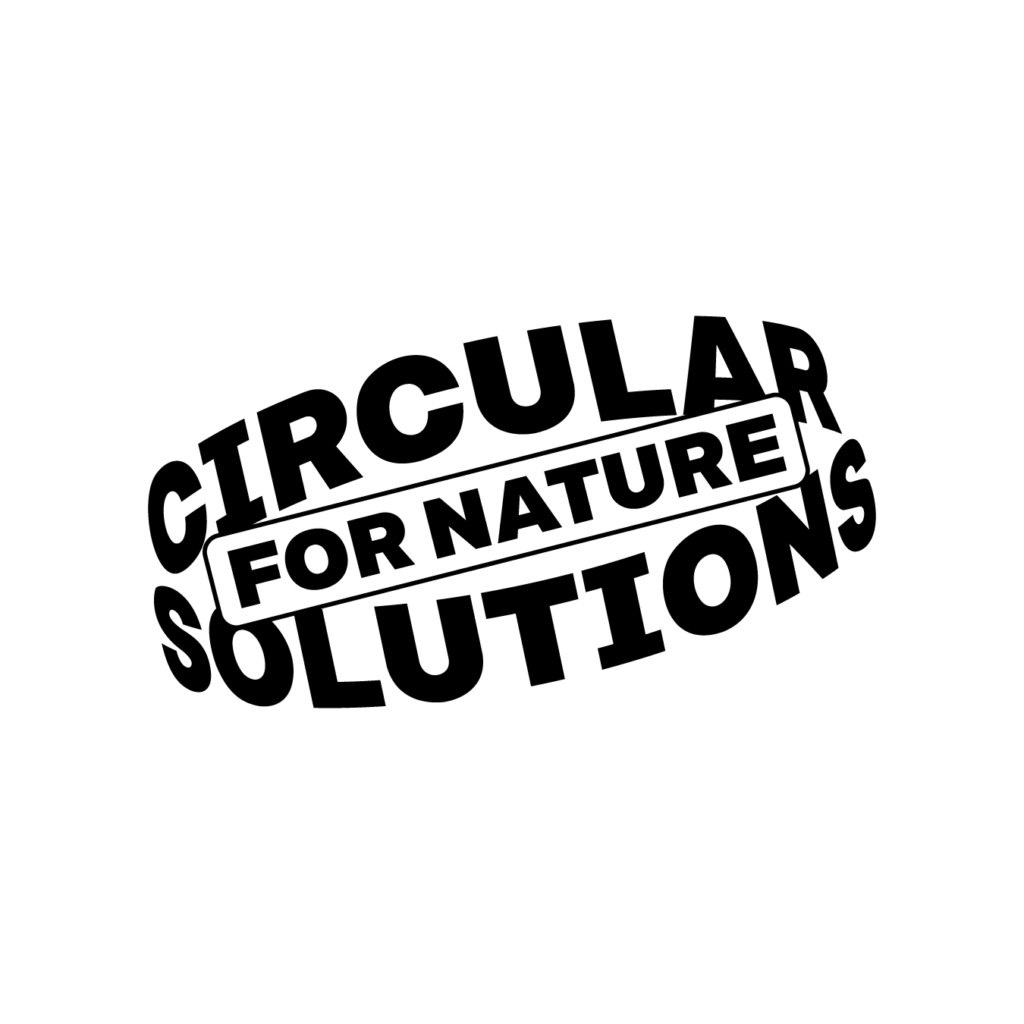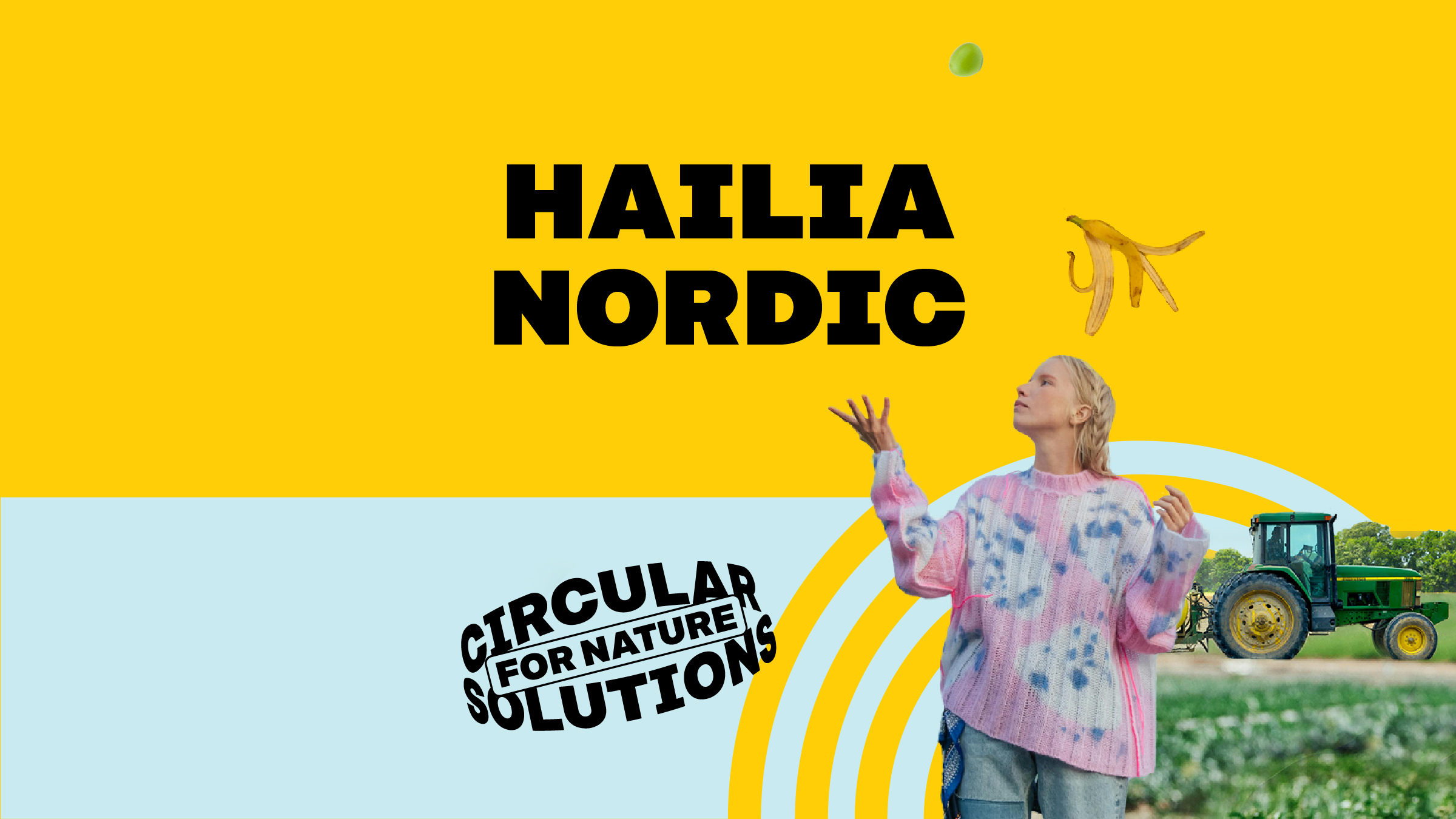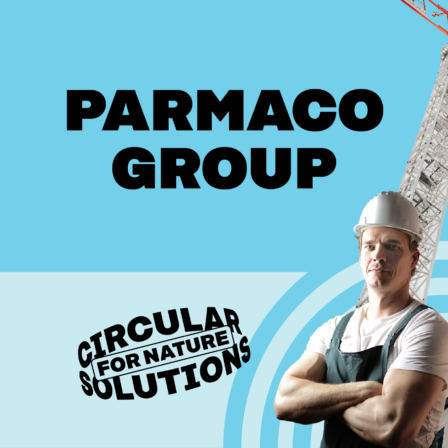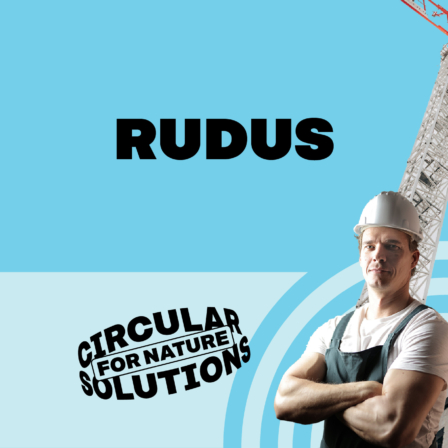Problem
Large parts of the world’s fish stocks are, paradoxically, both overfished and underused. For example, only one fifth of the Baltic herring catch reaches our plates, with much of the rest used for inefficient feed production operations dependent on large volumes of fish, much of which is difficult-to-use by-catch. Until now, few products have been developed from this by-catch that satisfy consumer requirements for taste, texture and cost. Consequently, they have relied on imported fish like tuna, salmon and Alaskan pollock, which are often either overfished or reliant on feed from overfished fish stocks.
Solution
Hailia Nordic’s novel process uses both by-catch and side streams from filleting to make the company’s products, Pulled Small Fish and Small Fish Strips, which are tailored for food services, restaurants and the food industry. By valorising this underused protein source, Hailia makes it possible to have more protein-rich food from less fish.
“Hailia’s example challenges us to think about how we use our valuable resources. By steering resources away from feed to food directly, we can get much more value from less.”
Riku Sinervo and Tim Forslund, Sitra
Biodiversity impacts
Overfishing is one of the most significant drivers of marine biodiversity loss. By enhancing the value of previously disregarded food resources, Hailia enables satisfying nutritionary outcomes while avoiding food waste and energy losses from feed, and related overfishing of traditional fish stocks. Better use of local fish could also lead to decreased demand for other protein such as meat, which has significant biodiversity impacts.
Benefits for the company
Hailia Nordic’s solution diversifies commonly used raw materials in the food industry. Promoting underused fish stocks and innovative production methods, Hailia achieves cost levels that compete with imported fish, creating a more economically viable local protein source for the food industry.


































